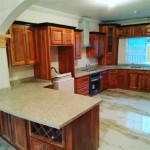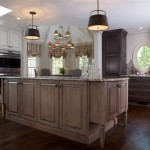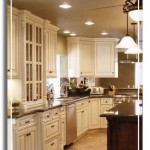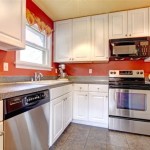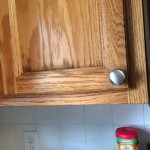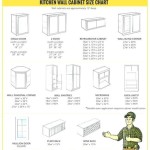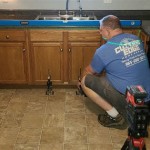Essential Aspects of Making Kitchen Cabinets From Plywood
Building kitchen cabinets from plywood is a complex task involving several essential aspects. Understanding these aspects is crucial for creating durable, functional, and aesthetically pleasing cabinets.
Plywood's versatile and cost-effective nature makes it an ideal material for kitchen cabinets. However, its proper handling and assembly require attention to materials, construction techniques, hardware selection, and finishing.
This article will explore the key aspects of making kitchen cabinets from plywood, providing guidance on selecting the right plywood, cutting and joining techniques, choosing appropriate hardware, and applying various finishing options.
Material Selection: Choosing the Right Plywood
Selecting high-quality plywood is essential for durable and long-lasting kitchen cabinets. Choose plywood with a higher ply count and a higher grade for better strength and resistance to warping and moisture.
For areas prone to moisture, consider using marine-grade plywood with water-resistant adhesives. Additionally, consider the thickness of plywood based on the cabinet's size and intended use.
Construction Techniques: Cutting, Joining & Assembly
Precise cutting and proper joining of plywood pieces are crucial for accurate cabinet construction. Use sharp saw blades and measure carefully to ensure precise cuts. Joining techniques include butt joints, miter joints, and dado joints, each with advantages and usage scenarios.
Secure joints with wood glue, clamps, and screws for strength. Carefully assemble the cabinet components to ensure proper alignment and avoid gaps or wobbles.
Hardware Selection: Hinges, Knobs & Handles
Hardware plays a vital role in the functionality and aesthetics of kitchen cabinets. Hinges provide smooth and durable operation, while knobs and handles allow for easy opening and closing.
Choose hinges based on cabinet size and weight, and consider soft-close hinges for a quiet operation. Knobs and handles come in various materials, styles, and finishes to complement the cabinet's design.
Finishing Options: Painting, Staining & Laminating
Finishing protects the plywood from wear and tear, enhances its aesthetics, and allows for customization. Painting is a versatile option, offering a wide range of colors and finishes. Staining preserves the natural beauty of wood and provides rich tones.
Laminating involves applying a thin layer of plastic or veneer to the plywood, resulting in a durable and scratch-resistant surface with various color and texture options.

Diy Kitchen Cabinets Made From Only Plywood

Diy Kitchen Cabinets Made From Only Plywood

Build Your Own Cabinets Without Expensive Tools Houseful Of Handmade

Diy Cabinet Doors How To Update Your Kitchen With Plywood Real Homes

How To Build Your Own Vintage Style Cabinets Daniel Kanter

How To Choose The Right Kitchen Cabinet Materials For Your Project Architizer Journal

Diy Built In Cabinets For The Kitchen Angela Marie Made

Kitchen Cabinet Designs For Contemporary Cooking Spaces

How To Build Your Own Vintage Style Cabinets Daniel Kanter

Choosing The Best Type Of Plywood For Cabinets Columbia Forest S
Related Posts

